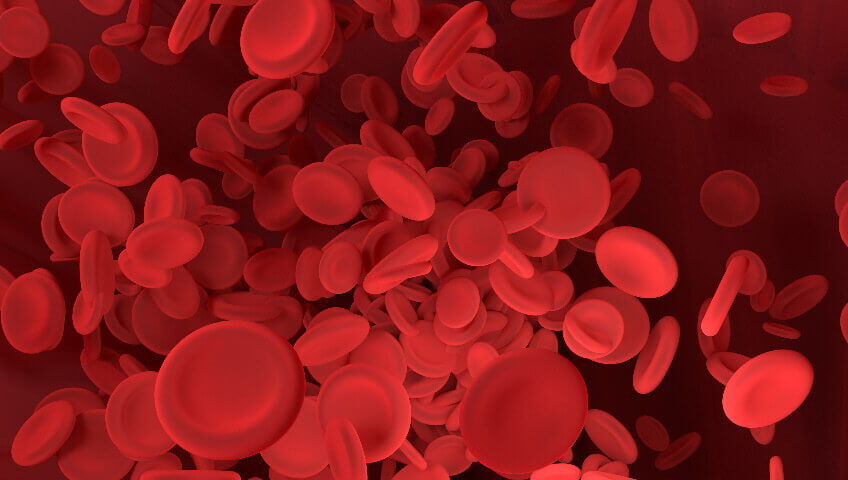Myeloproliferative Neoplasms (MPNs) are types of blood cancers. They begin with a mutation in a stem cell in the bone marrow, causing the body to make too many white and red cells and platelets. There are three types of MPN’s including, Polycythemia vera, Essential thrombocythemia, and Myelofibrosis.
Myeloproliferative Neoplasms can be diagnosed with no symptoms by a routine blood test or when patients report symptoms such as fever, night sweats and weight loss. Different types of MPNs cause different symptoms. Although there is not a clear cause to MPN, toxin exposure may be involved in cellular changes leading to MPN. MPN is more common in middle aged to older adults.
Polycythemia Vera Symptoms
Polycythemia Vera is when the bone marrow makes too many red blood cells, slowing the flow of the blood and possibly causing blood clots. Some symptoms that may occur are headaches, double vision or blind spots, reddened face, dizziness, weight loss, and pressure or fullness in the ribs on the left side.
Essential Thrombocythemia Symptoms
Essential Thrombocythemia occurs when the body produces too many blood platelets. Symptoms associated with producing too many platelets include headaches, stroke symptoms, chest pain and sometimes bleeding.
Myelofibrosis Symptoms
Myelofibrosis causes abnormal production of blood cells in the body and can lead to severe scarring in the bone marrow and severe anemia, causing weakness and fatigue. Addition symptoms include abdominal pain and fullness from an enlarged spleen and liver.
Diagnosis and Treatment
MPN is diagnosed with a physical exam, symptoms questionnaire and medical tests. Sometimes the abnormal cells harbor mutations in the JAK pathway and blood tests will be done to determine if this and other abnormalities in your blood cells. Some common blood tests include a complete blood count, a peripheral blood smear and a blood chemistry test.
Treatment of MPN varies depending on type. Polycythemia Vera treatment is given to manage the disease, as there is no known cure. The treatment is typically phlebotomy. Essential Thrombocythemia is typically treated with chemotherapy, to reduce the overproduction of platelets. Myelofibrosis can be treated with a variety of drugs including, danazol, thalidomide, lenalidomide, interferon, and hydroxyurea. The use of JAK inhibitors, leading to regulatory approval of ruxolitinib, represented a major therapeutic advance in myelofibrosis (MF). A bone marrow transplant is a potential cure for Myelofibrosis; however, it is not an adequate option for all patients.
Resources


Write a Comment